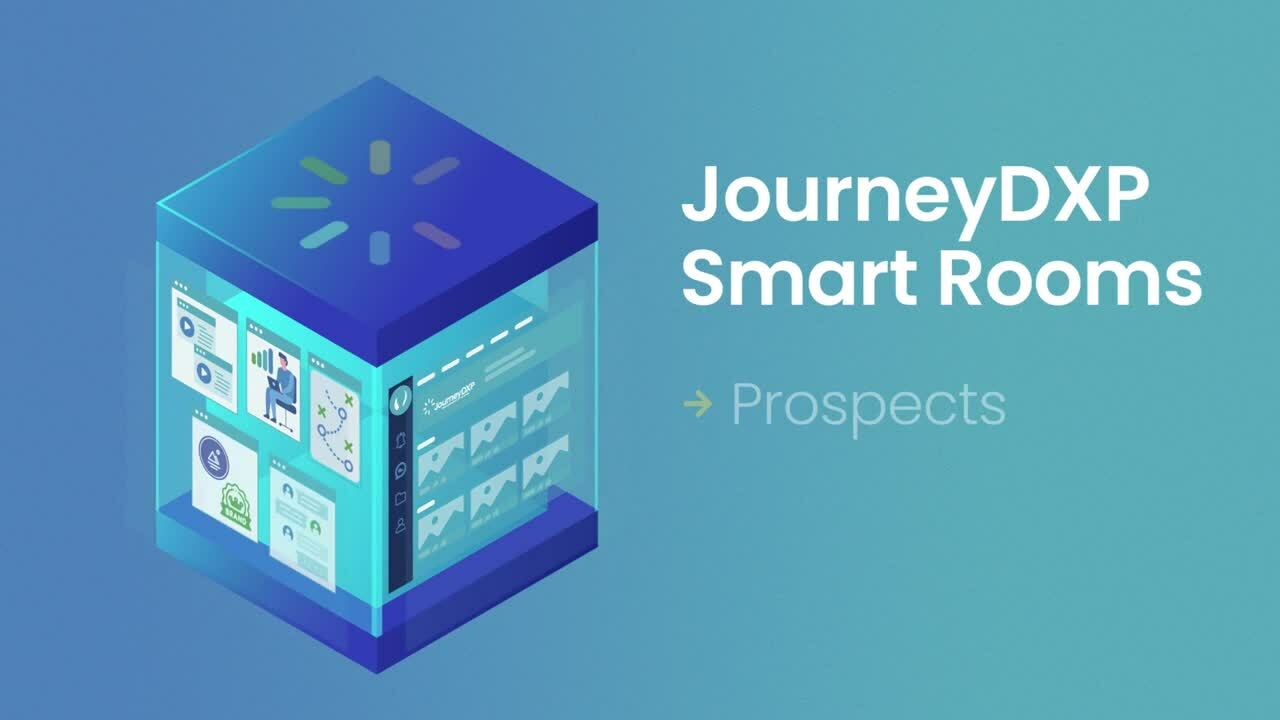You may have heard about Account-Based Marketing (ABM). Perhaps your Marketing team adopted it within the last year or two. Or they’re testing out the concept now, trying to determine the best way to implement it. They’re looking for new and innovative ways to generate targeted demand and push enterprise-level leads over to your Sales team. But what about Account-Based Selling?
Is Account-Based Selling (ABS) really new? The answer is yes and no. Account-Based Selling takes over where Account-Based Marketing leaves off, and the two work best hand-in-hand. There are some new Account-Based Selling solutions that improve both the quality of engagement at each account while improving the quantity of engagement by allowing for more accounts.

Marketing vs Account-Based Selling
Your initial question might be, “Bill, why is there is so much buzz about Account-Based Marketing and Account-Based Selling in the first place?”
The purpose of ABM is to generate leads for Sales, and the purpose of ABS is to develop those leads to revenue. ABM is usually led by Marketing, and ABS is often a cooperative between Marketing and Sales.
The tactical difference between the two is that ABM consists of a series of independent, sometimes anonymous experiences targeted toward a company. Think display ads, emails, social media posts, landing pages, etc. This is very effective when you are trying to engage an account for the first time and believe that advertising, social media, and email marketing are the best to generate awareness.
ABS takes the handoff (a lead) from Marketing and drives it down the field to score (a sale). New processes and technologies (like Smart Rooms) are revolutionizing the way enterprise customers want to buy and engage with companies. They provide:
- A personalized and private experience for the customer and sales team
- Relevant content at the right time and for each person
- Team collaboration to answer questions and build consensus
- Customer analytics or what we like to call the buyer’s digital body language
So Why Do We Need Both ABS and ABM?
ABM helps us shake the trees to find interest at select accounts; however, research from Node reports that ABM only generates 15-20% penetration into target accounts. It doesn’t go deep enough and it doesn’t create enough momentum to land the account with true consistency.
That’s where ABS comes in. It provides a human touch: the personalization (content and people), and the consensus-building environment (collaboration) to actually move the ball forward within an enterprise account.
Think of Account-Based Selling as a gear shift from the demand and interest created by Marketing to the activities that build relationships, engagement, and consensus among your buying team.
At the end of the day, ABM and ABS are successful when they have each other. When they gel and are in alignment, you’ll see more productive Marketing and Sales teams, deeper customer engagement, and ultimately, revenue growth.
Want to learn more about how your company can best utilize Account-Based Marketing and Account-Based Selling? We’re here to help. Shoot us an email.
POPULAR
Launching a Dynamic Digital-First Customer Experience
Growth will always be a top priority for B2B companies. If not, customers will inevitably outgrow your offering, and your company will become obsolete.
RELATED
How Sdrs Can Engage And Develop Every Contact And Account
Remember when you made a phone call and someone picked up and listened? Or when you sent an email and someone replied? Me neither. The truth is, only 19 percent of buyers want to connect with...




